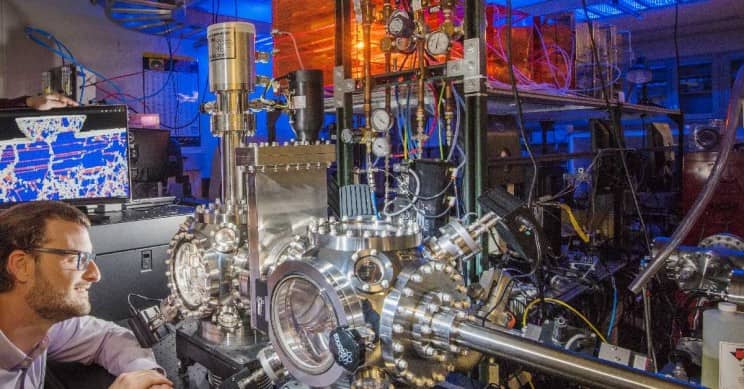A team of researchers at the New Mexico-based Sandia National Laboratories have developed an alloy of the two metals which offers superior resistance against wear. The alloy is also providing a level of strength and durability which is 100 times more than high-strength steel. The team was able to achieve thermal stability when the metals were combined. This was done by developing a method which involved changing the grain boundary energies. The result was an alloy that can be compared to sapphire and diamond-like carbon (DLC).
The team observed significant stress on the microstructural surface of the metal after 100k sliding passes. Nicolas Argibay, the author of the paper, said, “We showed there’s a fundamental change you can make to some alloys that will impart this tremendous increase in performance over a broad range of real, practical metals.” The result was a perfect hybrid of the two, a silver-white alloy which has the look of platinum and the weight of the gold as well. There are two properties which signify the importance of the metal alloy:
- By focusing on the element of improving friction and heat-resistance instead of only strength, the team introduced a method which relied on the computational tools.
- Under stress, the metal can produce its diamond-like carbon which performs lubrication. This also means that metal presents additional time and cost-saving benefits. It requires none of the traditional methods for lubricant production.

Considering the future impact of the metal, Sandia-based engineer Chris Nordquist said, “These wear-resistant materials could potentially provide reliability benefits for a range of devices we have explored. The opportunities for integration and improvement would be device-specific, but this material would provide another tool for addressing current reliability limitations of metal microelectronic components.”
This development will have a ripple effect in the industry since in this era we are experiencing an all-out effort to develop production methods which cut down on cost, labor and most relevant to research and resources. The electronics industry stands to give benefits. A thin layer of gold plating is required for everything from printed circuit boards to electrical contacts. Manufacturers are confused whether to recycle resources or to invest in methods for improving friction and wear resistance. Research initiatives like these are helping to shift the narrative to sustainability instead of using costly procedures for reclaiming old parts. If we consider the fact that we are losing global resources, extending the life of electronics is something which will be in the interest of everyone involved.


